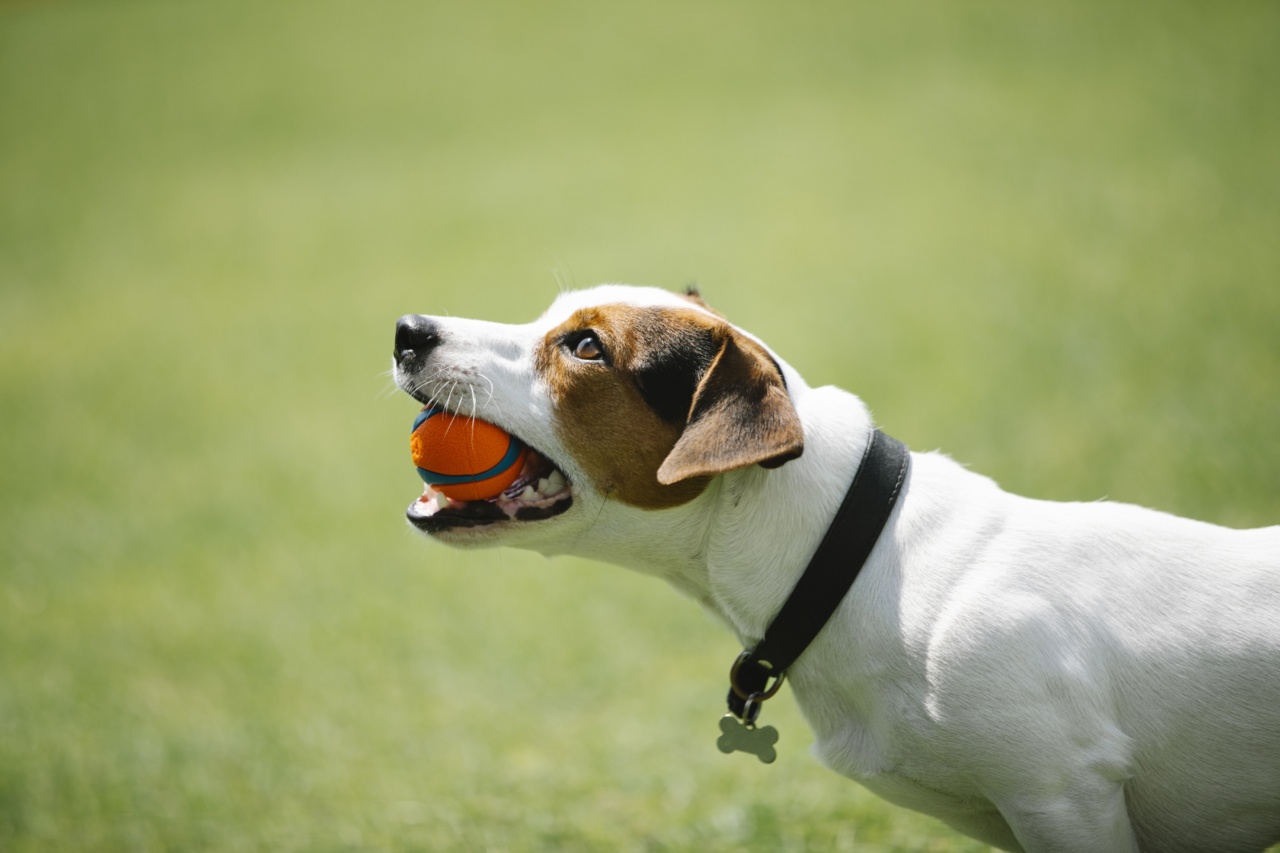As responsible pet owners, it’s crucial to ensure that our furry friends are in good health, and this includes taking care of their dental hygiene.
Just like humans, dogs can suffer from various dental issues, which, if left untreated, can lead to a decline in overall health and quality of life. Therefore, it’s essential to be vigilant and keep an eye out for any signs or symptoms of dental problems in our canine companions. In this article, we will discuss how to spot a tooth problem in your dog and take appropriate action to address it.
1. Bad Breath
One of the most common signs of dental issues in dogs is persistently foul breath, often described as “doggy breath.” While it’s normal for your dog to have some degree of odor in their breath, an extremely offensive smell may indicate dental problems such as gum disease, tooth decay, or an infected tooth. If your dog’s breath becomes unusually strong or unpleasant, it’s important to consider it as a potential red flag for a tooth problem.
2. Difficulty Eating or Loss of Appetite
Observe your dog during mealtime. If they show reluctance or hesitation while eating, exhibit signs of discomfort, or suddenly lose their appetite altogether, it could be an indication of dental pain.
Dogs with dental issues may have trouble chewing hard food or experience sensitivity when biting down on objects. These behavioral changes should not be ignored, as they may signify an underlying tooth problem.
3. Excessive Drooling
While some drooling is normal for certain dog breeds, if you notice a sudden increase in the amount of drool your dog produces, it could be a sign of oral discomfort.
Dental issues such as gum inflammation, tooth abscesses, or broken teeth can lead to excessive drooling as your dog’s body tries to alleviate the pain and inflammation in their mouth. If the drooling appears excessive or out of the ordinary, it’s advisable to consult your vet for further evaluation.
4. Pawing at the Mouth
If your dog is frequently pawing at their mouth or rubbing their face against objects, it could be an indication of dental pain.
Dogs instinctively try to relieve discomfort by applying pressure on the affected area, which can manifest as pawing, scratching, or rubbing excessively. Pay attention to any changes in their behavior or grooming patterns that involve their mouth and face area.
5. Bleeding or Inflamed Gums
Healthy gums in dogs should be pink or pale pink, depending on the breed. If you notice that your dog’s gums are red, swollen, or bleeding, it may be a sign of gum disease or an oral infection.
Gently lift your dog’s lips to check the condition of their gums. Inflammation and bleeding should not be ignored, as they can indicate the presence of dental issues that require attention.
6. Tartar Build-Up and Discolored Teeth
Regularly examining your dog’s teeth and looking out for tartar build-up or discoloration is an important part of dental care. Tartar, a yellowish-brown substance that sticks to the teeth, can contribute to gum disease and other dental problems.
Similarly, discolored teeth, such as brown or black spots, may suggest tooth decay, cavities, or infections. If you notice significant tartar accumulation or discoloration, it’s advisable to consult your vet for an evaluation.
7. Nodules or Lumps in the Mouth
While examining your dog’s mouth, pay attention to any unusual lumps, bumps, or sores that may have appeared. These could be signs of oral tumors, cysts, or abscesses, all of which warrant immediate veterinary attention.
Regularly inspecting your dog’s oral cavity is particularly important for early detection of any abnormalities.
8. Behavioral Changes
Dogs experiencing dental pain or discomfort may exhibit changes in behavior as a result. They may become irritable, restless, or show signs of depression. You may notice excessive drooling, increased aggression, or withdrawal from social interactions.
Behavioral changes like these should not be overlooked, as they could be connected to dental issues that require treatment.
9. Missing or Loose Teeth
If you notice any missing or loose teeth in your dog’s mouth, it is a clear indication of a dental problem. Missing teeth may be a result of trauma, tooth decay, or advanced gum disease.
Loose teeth could be a sign of gum disease or dental infections that have weakened the tooth’s supporting structures. These conditions necessitate prompt veterinary attention to prevent further complications.
10. Reluctance to Be Touched around the Mouth
Dogs with dental problems often exhibit a reluctance to have their mouth area touched or examined.
If your dog becomes anxious, resistant, or shows signs of pain when you attempt to inspect their teeth or gums, it may be an indication that they are experiencing dental discomfort. This sensitivity to touch suggests that there may be an underlying tooth problem that needs to be addressed.
In Conclusion
Regularly monitoring your dog’s dental health and identifying potential tooth problems promptly can prevent unnecessary pain and suffering.
If you observe any of the signs mentioned above, it’s wise to consult your veterinarian for a professional evaluation. Remember, proper dental care is crucial for your dog’s overall health and happiness.






























